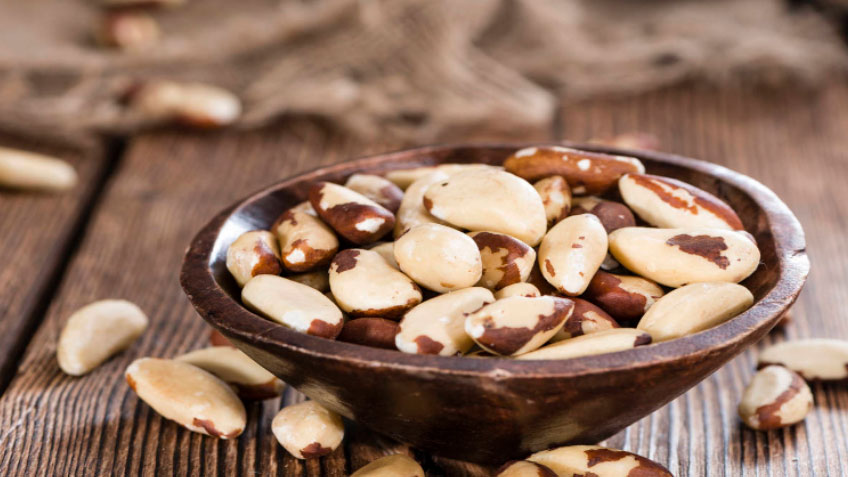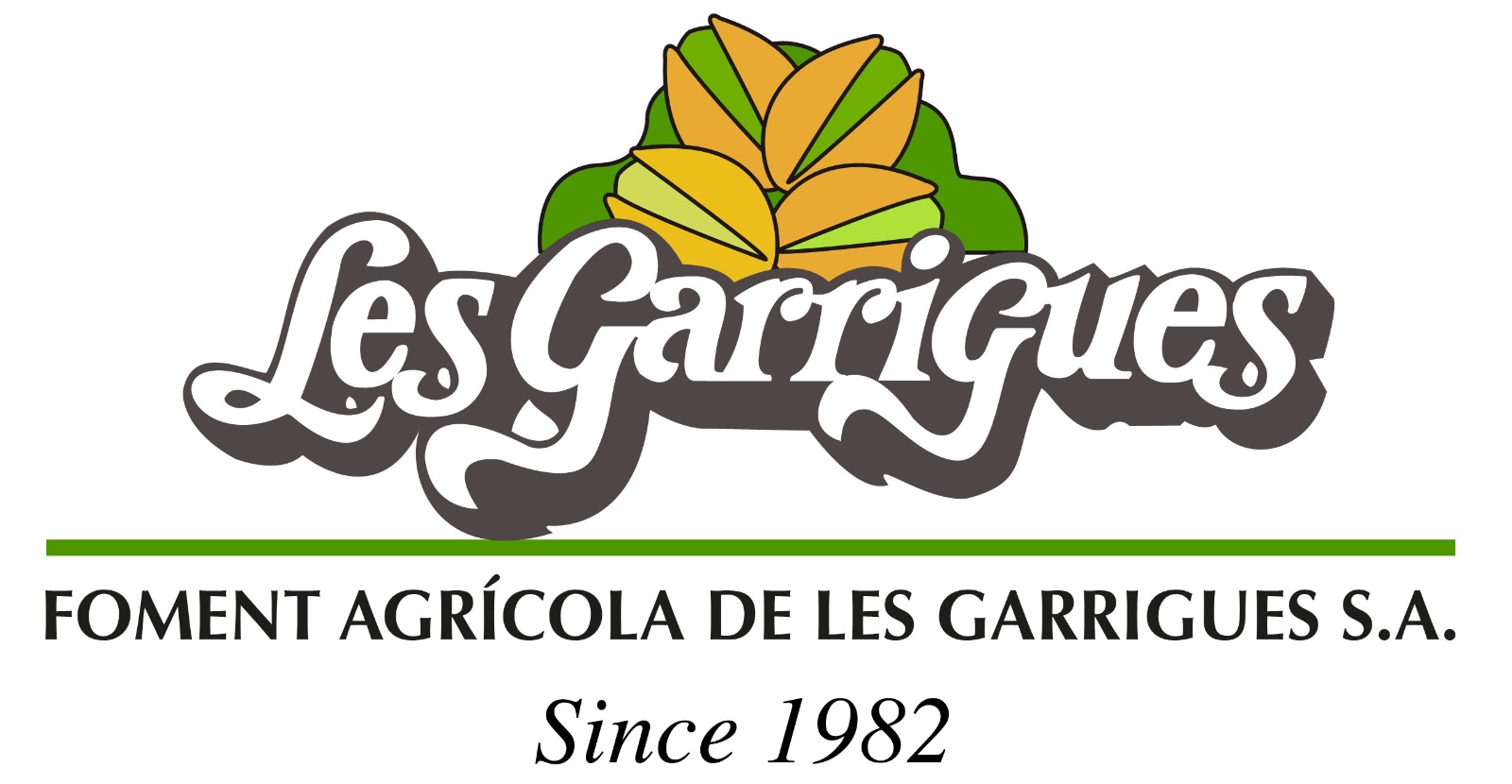
Essential in times of need
Published on 29/08/20 in CONFIDENCIAL Newspaper
These are the foods capable of alerting your defenses
Although it seems that a hot chicken soup helps us during a flu, there are foods that contain essential nutrients for our defenses. Consuming them in the correct amounts can save us more than one upset.
Brazil nuts provide 3,485.4% of the recommended daily amount of selenium.
By Álvaro Hermida
It is well known that what we eat has important and profound effects on our health, from the density of our bones to how well our brain performs. One of the fundamental ones is to provide our immune system with the ability to defend us against bacterial, fungal and viral aggressions. You can follow a ‘healthy’ diet, have a great figure, strong teeth and, at the same time, defenses that do not defend against anything. The Indian doctor and researcher Ranjit Chandra, from the Memorial University of Newfoundland, in Canada, published a study in which he described the relationship between diet and our defenses: “Nutrition is a fundamental factor in the immune response, and malnutrition is one of the most common causes of immunodeficiency in the world”. The three nutrients that play a major role in maintaining a good immune system are selenium, zinc and vitamin B6 (although they are not the only ones, for example iron also intervenes, although to a lesser extent).
Selenium in nuts, mushrooms and cod
Why are Spanish farmers so strong? Superior genes? Maybe. Another option may refer to that habit of eating garlic as if it were sunflower seeds, raw and all. This food is a good source of selenium, a chemical element of the non-metals group. In a study published in ‘The Journal of Nutrition’ by researcher John R. Arthur and his team, from the Rowett Reseach Insitute, it is explained that “selenium has great potential to influence our immune system”. But in the scientific world, getting answers inevitably leads to new questions. John Arthur emphasizes that “only when all the functions of selenoproteins are described, will we be able to fully understand their role in maintaining optimal immune function“. There are many foods (that we love) that are good sources of selenium. These are some examples based on data from the United States Department of Agriculture (USDA):
• Garlic. Contains 14.2 micrograms per 100 g. A third of the recommended daily amount.
• Brazil nuts. They are the queens of selenium, by far. 100 grams contain 1,917 micrograms (or almost the same, 2 milligrams), which is equivalent to 3,485.4% of the recommended daily amount.
• Atlantic cod, dry and salted. Contains 147 micrograms of this nutrient, which far exceeds our daily needs.
• Shiitake mushrooms. These Asian mushrooms, typical of Japanese cuisine, contain 46 micrograms (per 100 g), which practically covers the daily needs of our body.

Photo: iStock.
All are important, but B6 is essential
All nuts are appreciated for their nutritional values, especially now that fats have lost their ‘bad’ reputation. Pistachios stand out among all nuts, not only for their taste (and price), but for their high content of vitamin B6. One of its functions is to play an important role in the creation of antibodies. For this reason, as highlighted in his book ‘Let’s buy lies’ by José Manuel López Nicolás, the European Food Safety Authority (EFSA) considers that a product that provides a minimum of 15% of the recommended daily amount of vitamin B6 can be advertised with slogans such as “helps your defenses” or “helps the immune system”. Peppers are one of the kings of this vitamin, specifically one characteristic of Mexico, the pasilla chili (so called because of its dry appearance, which resembles that of a raisin), but it is not the only one. 100 grams of any of these foods will provide us all the vitamin B6 we may need:
• Sage. This spice is rich in this nutrient, as it contains 2.69 mg.
• Green mint. Typical of certain cuisines… and mojito. Contains 2.58 mg, more than enough for our day to day.
• Piquillo pepper. Contains 2.54 mg.
• Pistachios. The aforementioned contain 1.70 mg, which exceeds the 1.4 mg of the recommended daily amount.

Photo: iStock
A scarce metal and essential for us
Although with cheaper types that are starting to arrive from distant coasts, the oysters have traditionally been exclusive to the thickest wallets. It turns out that their taste and texture are not the only special thing. They are one of the largest known food sources of zinc. The researcher Pamela J. Faker and her team, from Michigan State University in the United States, published a study in 2000 where they analyzed the relationship between zinc deficiencies and the activity of the immune system and how restoring normal levels of this micronutrient affected the human body. “The results of more than three decades of work indicate that zinc deficiency causes a rapid decrease in the response of antibodies and cells of the immune system“, affirms their research.

Photo: iStock
This makes it clear that a deficiency of this metal can cause us more than one headache. So much so that, in this study, the researcher says that “the lack of zinc in the diet can lead to an increase in the prevalence of opportunistic infections and mortality rates”. To avoid these disastrous consequences, we can resort to the following foods (per 100 g):
ADVERTISEMENT
Ads by Teads
• Raw oysters: contain 39.30 mg of zinc, almost 4 times more than the recommended daily amount.
• Beef: it is very rich in this nutrient, containing the ribs, for example, 11.49 milligrams.
• Pumpkin seeds. They contain 10.30 mg or, in other words, the total daily need.
• Sesame flour. They cover our needs with 10.70 mg.
A balanced diet must include everything, not only the ‘healthy’ foods that cause visible effects in the mirror, but also those that truly help us in times of need.
